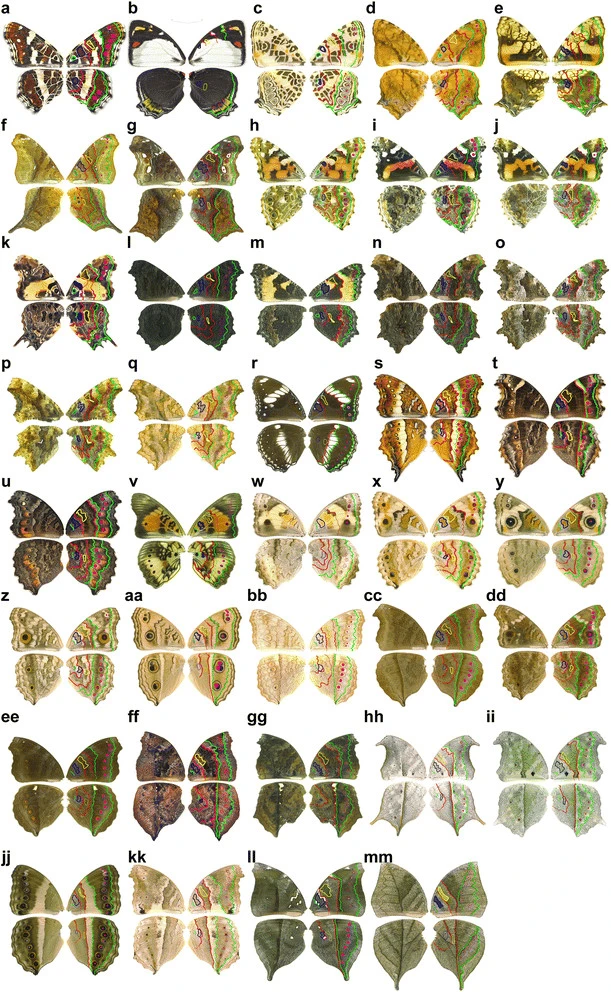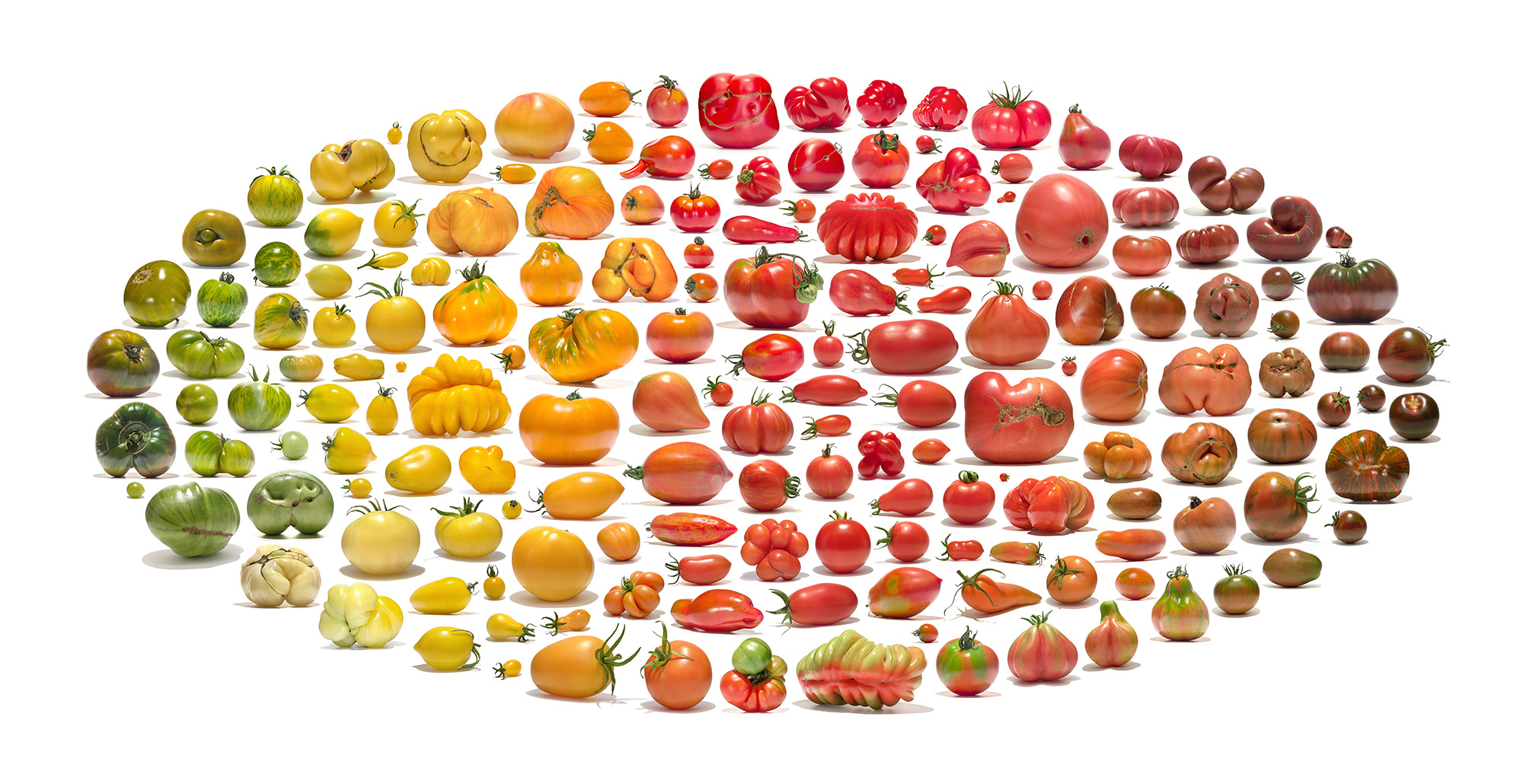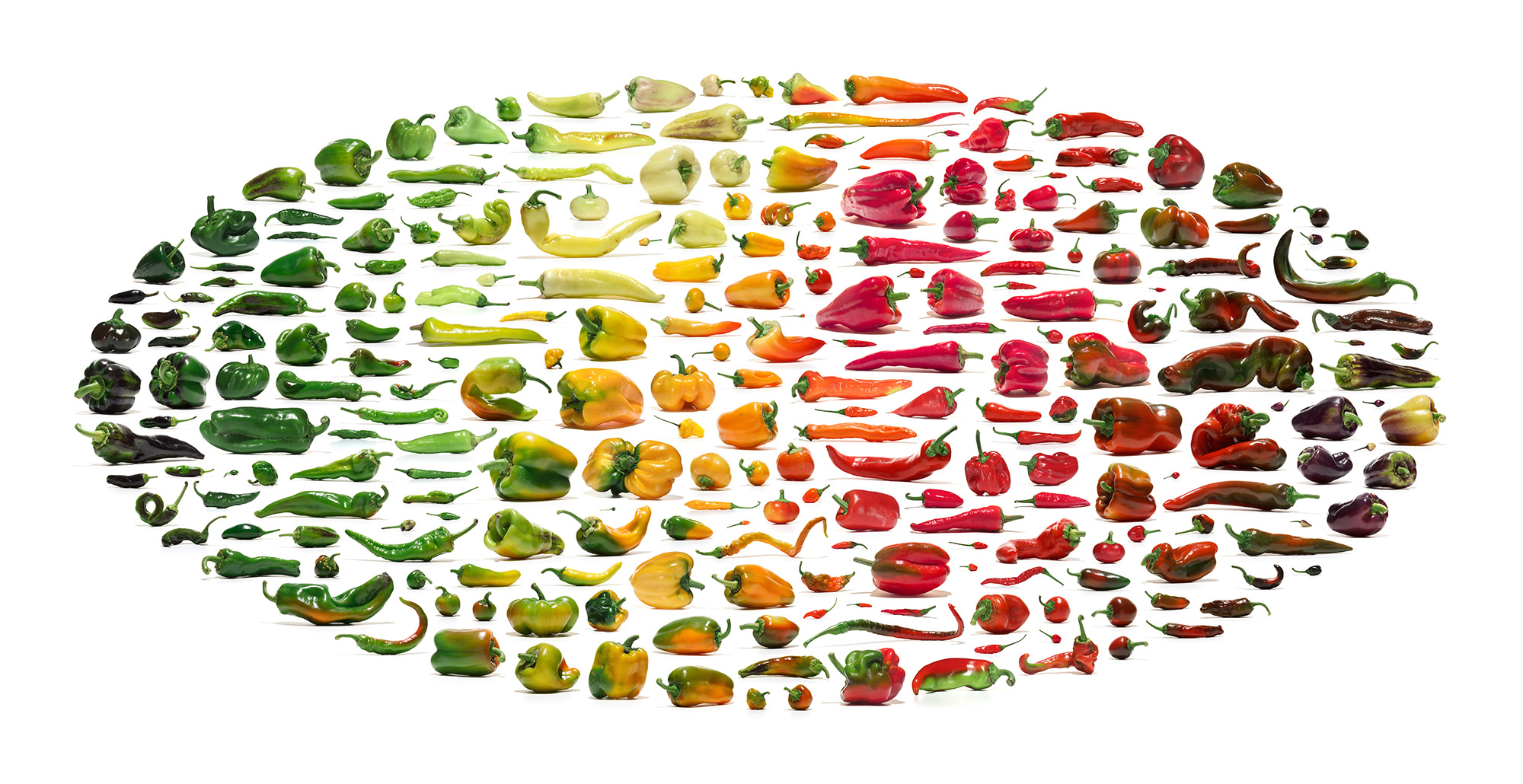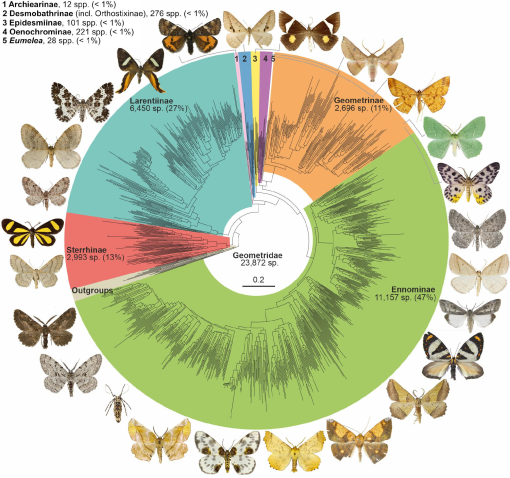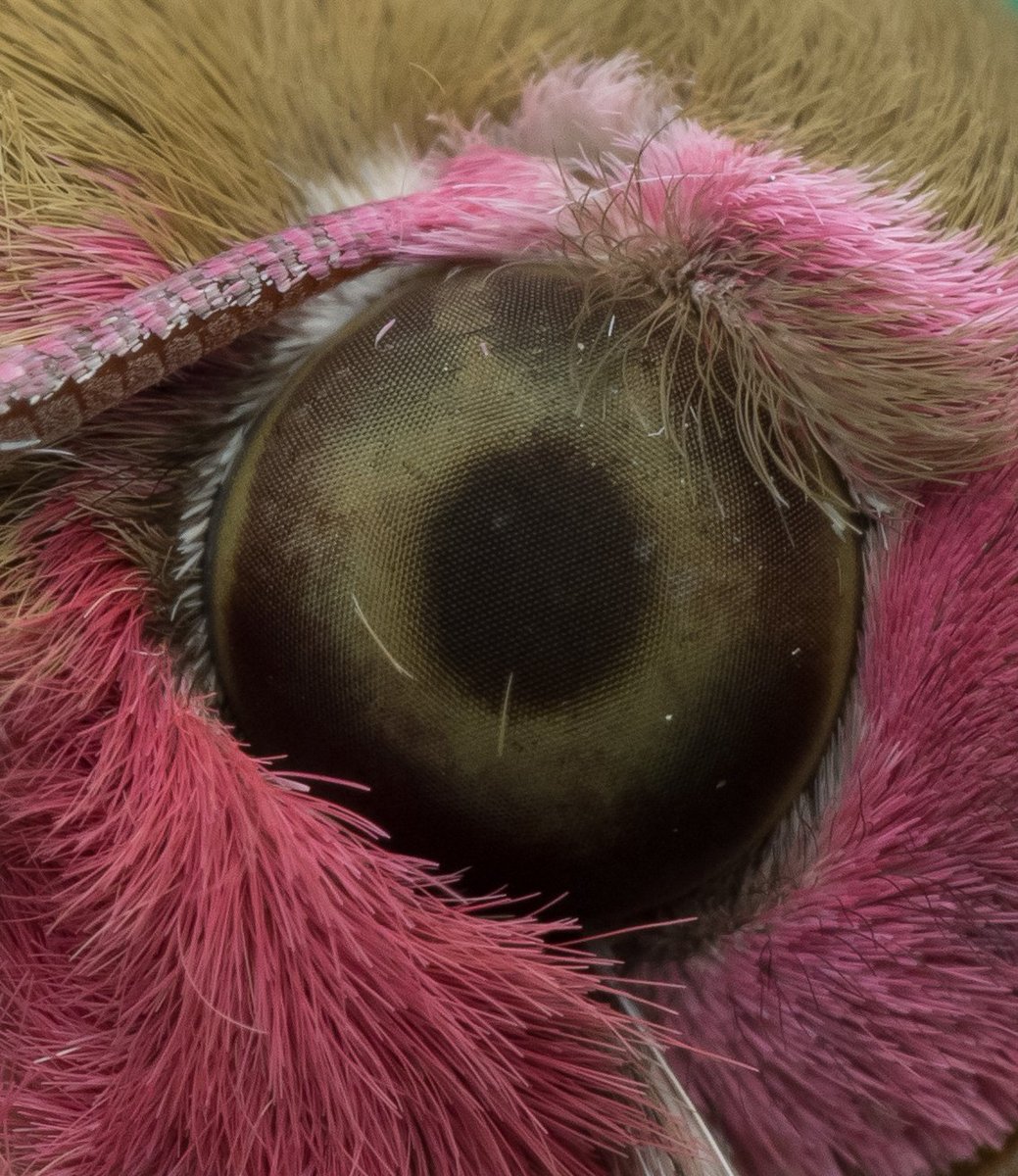- Oct 2023
-
academic.oup.com academic.oup.com
-
AzulSemantico
FloresBIOcolores
-
-
www.sciencedirect.com www.sciencedirect.com
-
FloresBIOcolores
-
-
www.jstage.jst.go.jp www.jstage.jst.go.jp
-
FloresBIOcolores
-
-
www.visiongene.org www.visiongene.org
-
LaboratorioBIOcolores
-
-
royalsocietypublishing.org royalsocietypublishing.org
-
onlinelibrary.wiley.com onlinelibrary.wiley.com
-
AvesBIOcolores
OjosBIOcolores
BIOdatosBIOcolores





https://twitter.com/eamon_corbett/status/1712119129694462022
-
-
www.thomashossie.ca www.thomashossie.ca
-
InvestigadorBIOcolores
-
-
karin.kjernsmo.net karin.kjernsmo.net
-
InvestigadorBIOcolores
-
-
www.floridamuseum.ufl.edu www.floridamuseum.ufl.edu
-
InvestigadorBIOcolores
Tags
Annotators
URL
-
-
www.hannahrowland.co.uk www.hannahrowland.co.uk
-
InvestigadorBIOcolores
-
-
danbaldassarre.weebly.com danbaldassarre.weebly.com
-
InvestigadorBIOcolores
-
-
colsci.weebly.com colsci.weebly.comContact1
Tags
Annotators
URL
-
-
web2.uwindsor.ca web2.uwindsor.caHomepage1
-
LaboratorioBIOcolores
-
-
www.bio.utexas.edu www.bio.utexas.edu
-
LaboratorioBIOcolores
-
-
biology.umbc.edu biology.umbc.edu
-
LaboratorioBIOcolores
Tags
Annotators
URL
-
-
wfcb.ucdavis.edu wfcb.ucdavis.edu
-
LaboratorioBIOcolores
-
-
www.ucl.ac.uk www.ucl.ac.uk
-
LaboratorioBIOcolores
-
-
biosciences.exeter.ac.uk biosciences.exeter.ac.uk
-
LaboratorioBIOcolores
-
-
casas-lab.irbi.univ-tours.fr casas-lab.irbi.univ-tours.fr
-
LaboratorioBIOcolores
Tags
Annotators
URL
-
-
www.su.se www.su.se
-
LaboratorioBIOcolores
Tags
Annotators
URL
-
-
risweb.st-andrews.ac.uk risweb.st-andrews.ac.uk
-
griffithecology.com griffithecology.com
-
LaboratorioBIOcolores
-
-
-
LaboratorioBIOcolores
-
-
araneae.thu.edu.tw araneae.thu.edu.tw
-
LaboratorioBIOcolores
Tags
Annotators
URL
-
-
www.kateumbers.com www.kateumbers.com
-
LaboratorioBIOcolores
-
-
opticsoflife.org opticsoflife.org
-
LaboratorioBIOcolores
-
-
www.macedonialab.com www.macedonialab.com
-
LaboratorioBIOcolores
-
-
mcgrawlabasu.wordpress.com mcgrawlabasu.wordpress.com
-
LaboratorioBIOcolores
Tags
Annotators
URL
-
-
www.usdbiology.com www.usdbiology.com
-
LaboratorioBIOcolores
-
-
www.marycstoddard.com www.marycstoddard.com
-
LaboratorioBIOcolores
-
-
commons.wikimedia.org commons.wikimedia.org
-
-
opuntiavisual.org opuntiavisual.org
-
onlinelibrary.wiley.com onlinelibrary.wiley.com
-
OjosBIOcolores
-
-
link.springer.com link.springer.com
-
RevisionBIOcolores
FloresBIOColores
https://www.zotero.org/lmichan/collections/J6GEZUVI/items/94MM8ZEW/collection
-
- Sep 2023
-
commons.wikimedia.org commons.wikimedia.org
-
FloresBIOcolores

-
-
academic.oup.com academic.oup.com
-
-
Conspicuous colors (e.g., red, yellow, blue) have evolved numerous times across animals. But the function of this coloration can differ radically among species. Many species use this coloration as a sexual signal to conspecifics, whereas others use it as a warning signal to predators. Why do different species evolve conspicuous coloration in association with one function as opposed to the other?
Los colores llamativos (p. ej., rojo, amarillo, azul) han evolucionado en numerosas ocasiones entre los animales. Pero la función de esta coloración puede diferir radicalmente entre especies. Muchas especies utilizan esta coloración como señal sexual para sus congéneres, mientras que otras la utilizan como señal de advertencia para los depredadores. ¿Por qué diferentes especies desarrollan una coloración llamativa en asociación con una función y no con la otra?
-
Using phylogenetic logistic regression, we found that conspicuous, sexually dimorphic coloration is significantly associated with diurnal lineages (e.g., many birds and lizards). By contrast, the evolution of warning signals was significantly associated with large-scale clades that were ancestrally nocturnal (e.g., snakes, amphibians), regardless of the current diel activity of species. Overall, we show that the evolution of conspicuous coloration as warning signals or sexual signals is influenced by the ecology of species, both recently and in the ancient past.
Utilizando regresión logística filogenética, encontramos que la coloración llamativa y sexualmente dimórfica está significativamente asociada con linajes diurnos (por ejemplo, muchas aves y lagartos). Por el contrario, La evolución de las señales de advertencia se asoció significativamente con clados a gran escala que eran ancestralmente nocturnos (p. ej., serpientes, anfibios), independientemente de la actividad diaria actual de las especies. En general, mostramos que la evolución de la coloración llamativa como señales de advertencia o señales sexuales está influenciada por la ecología de las especies, tanto recientemente como en el pasado antiguo.
VertebradosBIOocolores
-
-
animaldiversity.org animaldiversity.org
-
es.wikipedia.org es.wikipedia.org
-
AzulSemantico AzulBIOcolores
Tags
Annotators
URL
-
-
en.wikipedia.org en.wikipedia.org
-
AzulSemantico AzulBIOcolores
-
-
es.wikipedia.org es.wikipedia.org
-
AzulSemantico AzulBIOcolores
Tags
Annotators
URL
-
-
www.wikidata.org www.wikidata.org
-
AzulSemántico AzulBIOcolores
-
-
www.editage.com www.editage.com
-
- for: open source - science, open science, sci-hub
-
-
link.springer.com link.springer.com
-
RevisionBIOcolores
-
-
docs.google.com docs.google.com
-
royalsocietypublishing.org royalsocietypublishing.org
-
ModeloBiocolores
Eyespots
-
-
www.nlm.nih.gov www.nlm.nih.gov
-
favorito
-
-
royalsocietypublishing.org royalsocietypublishing.org
-
ColoraciónVisionColor
-
-
journals.biologists.com journals.biologists.com
-
MariposasAzules
MariposasBIOcolores
Iridisencia
-
-
www.sciencedirect.com www.sciencedirect.com
-
PigmentosBIocolores
-
-
link.springer.com link.springer.com
-
PigmentosBIOcolores
-
-
royalsocietypublishing.org royalsocietypublishing.org
-
MariposasAzules
MariposasBIOcolores
-
- Aug 2023
-
docs.google.com docs.google.com
-
docs.google.com docs.google.com
-
docs.google.com docs.google.com
-
docs.google.com docs.google.com
-
docs.google.com docs.google.com
-
MinervaMaríaRomeroPérez
ColoresColeopteros
-
-
docs.google.com docs.google.com
-
docs.google.com docs.google.com
-
docs.google.com docs.google.com
-
LaylaMichánAguirre
PNBIocolores
Qué organismos tienen Cianidina y Delfinidina?
En qué estructuras? Hacerlo cómo colibríes
-
-
docs.google.com docs.google.com
-
docs.google.com docs.google.com
-
docs.google.com docs.google.com
-
docs.google.com docs.google.com
-
docs.google.com docs.google.com
-
docs.google.com docs.google.com
-
docs.google.com docs.google.com
-
docs.google.com docs.google.com
-
docs.google.com docs.google.com
-
www.ukogorter.com www.ukogorter.com
-
BancoImagenesBiocolores

-
-
link.springer.com link.springer.com
-
MariposasBIOcolores
ModeladoAlasMariposa
LepidopteraBIocolores
PlanEstructural
-
-
onlinelibrary.wiley.com onlinelibrary.wiley.com
-
MariposasBIOcolores
ModeladoAlasMariposa
Cerrado
LepidopteraBIocolores
PlanEstructural
-
-
onlinelibrary.wiley.com onlinelibrary.wiley.com
-
MariposasBIOcolores
ModeladoAlasMariposa
SinAcceso
LepidopteraBIocolores
PlanEstructural
Seminal
Este es un buen ejemplo para hacer análisis de citas
-
-
royalsocietypublishing.org royalsocietypublishing.org
-
ColorAposemático
TemasPrincipales: Evolución
CLIOhistoria
-
-
www.sciencedirect.com www.sciencedirect.com
-
RevisionBiocolores
-
-
www.sciencedirect.com www.sciencedirect.com
-
RevisionBiocolores
-
-
evolution-outreach.biomedcentral.com evolution-outreach.biomedcentral.com
-
www.ncbi.nlm.nih.gov www.ncbi.nlm.nih.gov
-
-
Op 26 april tekende De Groene Hub een aantal Donut Deals met niemand minder dan de Britse econoom Kate Raworth.
Groene Hub - Zuidoost tekenen doughtnut deal in April 2022
-
-
bmcecolevol.biomedcentral.com bmcecolevol.biomedcentral.com
-
royalsocietypublishing.org royalsocietypublishing.org
-
www.sciencedirect.com www.sciencedirect.com
-
mstdn.social mstdn.social
-
Hay alguna base de datos de abejas que tenga colores? ToDo
Tags
Annotators
URL
-
-
journals.biologists.com journals.biologists.com
-
VertebradosBIOcolores
BIogarabatos
https://biogarabatos.blogspot.com/2023/08/como-registrar-la-funcion-en-wikidata.html
-
-
www.biorxiv.org www.biorxiv.org
-
Heritable (genetic) female-limited colour polymorphisms are also common in Odonata, with one female morph typically exhibiting male-like (androchrome) colouration and one or two morphs exhibiting female-specific colouration (gynochromes).
VariablesBIOcolores
Los polimorfismos de color limitados a las hembras heredados (genéticos) también son comunes en Odonata, con un morfo femenino que generalmente exhibe una coloración similar a la masculina (androcromo) y uno o dos morfos que exhiben una coloración específica de la hembra (ginecromos).
-
-
bsapubs.onlinelibrary.wiley.com bsapubs.onlinelibrary.wiley.com
-
onlinelibrary.wiley.com onlinelibrary.wiley.com
-
RevisionBIOcolores
-
-
ecuador.inaturalist.org ecuador.inaturalist.org
-
ColoraciónIndescriptible
Tags
Annotators
URL
-
-
www.uliwestphal.de www.uliwestphal.de
-
bioone.org bioone.org
Tags
Annotators
URL
-
-
academic.oup.com academic.oup.com
-
www.ifpcs.org www.ifpcs.org
-
BIOdatosBIOcolores
Tags
Annotators
URL
-
-
www.britishecologicalsociety.org www.britishecologicalsociety.org
-
www.tandfonline.com www.tandfonline.com
-
www.science.org www.science.org
Tags
Annotators
URL
-
-
www.science.org www.science.org
Tags
Annotators
URL
-
-
www.cell.com www.cell.com
-
www.jstor.org www.jstor.org
-
AzulSemantico
-
-
www.proquest.com www.proquest.com
-
AzulSemantico
Tags
Annotators
URL
-
-
www.sciencedirect.com www.sciencedirect.com
-
link.springer.com link.springer.com
-
RevisionBIOcolores
-
-
journals.physiology.org journals.physiology.org
-
RevisionBIOcolores
-
-
www.cell.com www.cell.com
-
RevisionBIOcolores
-
-
academic.oup.com academic.oup.com
-
BiocoloresScibot
-
-
anatomypubs.onlinelibrary.wiley.com anatomypubs.onlinelibrary.wiley.com
-
www.sciencedirect.com www.sciencedirect.com
-
ModeloBiocolores
-
-
www.sciencedirect.com www.sciencedirect.com
-
ModeloBiocolores
-
-
journals.biologists.com journals.biologists.com
-
www.nature.com www.nature.com
-
ModeloBiocolores
Tags
Annotators
URL
-
-
europepmc.org europepmc.org
-
RequiereNormalizacion
En las anotaciones de SciLite requiere normalización para los carotenos, el plural y las mayúsculas generan sinónimos que no son reconocidos.
Chemicals carotenoids (5) carotenoid (2) Carotenoid (1)
-
-
www.sciencedirect.com www.sciencedirect.com
-
RevisionBIOcolores
-
-
link.springer.com link.springer.com
-
RevisionBIOcolores
-
-
www.nature.com www.nature.com
-
RevisionBIOcolores
Tags
Annotators
URL
-
-
www.sciencedirect.com www.sciencedirect.com
-
RevisionBIOcolores
-
-
onlinelibrary.wiley.com onlinelibrary.wiley.com
-
www.sciencedirect.com www.sciencedirect.com
-
journals.biologists.com journals.biologists.com
-
royalsocietypublishing.org royalsocietypublishing.org
-
BiocoloresAzul AzulSemantico
-
-
www.jstor.org www.jstor.org
Tags
Annotators
URL
-
-
royalsocietypublishing.org royalsocietypublishing.org
-
RevisionBIOcolores
-
-
ijdb.ehu.eus ijdb.ehu.eus
Tags
Annotators
URL
-
-
link.springer.com link.springer.com
-
RevisionBIOcolores
-
-
www.cell.com www.cell.com
-
RevisionBIOcolores
-
-
www.scq.ubc.ca www.scq.ubc.ca
-
www.jstor.org www.jstor.org
-
Vision
RevisionBIOcolores
Es revisión?
-
-
academic.oup.com academic.oup.com
-
RevisionBIOcolores
Es una revisión?
-
-
link.springer.com link.springer.com
-
Vision
-
-
www.sciencedirect.com www.sciencedirect.com
-
Vision
-
-
academic.oup.com academic.oup.com
-
Museomica
-
-
-
www.science.org www.science.org
-
royalsocietypublishing.org royalsocietypublishing.org
-
BIOdatosBIOcolores
Proyecto/OrugasBIOcolores
FuentedeDatos/Imágenes
Taxones/macrolepidoptera
EtapaDelCiclodeVida/oruga
Muestra/1808 especies
Variables/Coloración,Patrón
Región/North America
-
-
www.reddit.com www.reddit.com
-
How do you refer from and to multiple sources? .t3_15eljnf._2FCtq-QzlfuN-SwVMUZMM3 { --postTitle-VisitedLinkColor: #9b9b9b; --postTitleLink-VisitedLinkColor: #9b9b9b; --postBodyLink-VisitedLinkColor: #989898; }
reply to u/IvanCyb at https://www.reddit.com/r/antinet/comments/15eljnf/how_do_you_refer_from_and_to_multiple_sources/
Usually if I find a quote somewhere, I'll try to track down the original source, check the context and excerpt it from the original. If it's something mission critical, I might note that it was excerpted and used in other sources and whether it was well excerpted for their case or not. Sometimes, quoting can also help to make a solid case about the influence a work had and notes on that can be a useful thing. If I make multiple notes about the same sort of idea, that's fine, though I typically try to file them all next to each other for easy consultation and comparison, if necessary. As an example, I have quotes from multiple sources about note taking indicating that one should only write on one side of a(n index) card. Some quote earlier sources, some state it without attribution, some say they've learned to do so over time and with experience. Some give reasons why and some don't. The only way to track these practices over time is to note them all together for comparing and contrasting. It wasn't until I'd seen the third mention that I realized the practice was an interesting/important one and worth tracking, so I had to go back and dig up the originals which I had written briefly on their bibliographic cards with page numbers, so it made things easier to create main cards out of them. Because they're all stored together, there's only one index entry for them (for the first one), under "note taking" with the subheading "write only on one side". Alternately I might have made a single note card about the idea of the practice and created a list with pointers of those who used it (or didn't) and links to the sources where I originally found them. Do what makes most sense for you for tracking based on your own situation and needs. You may also find that these things happen frequently when doing literature reviews and things are repeated often within a field. Sometimes it's helpful to figure out who said a thing first and whether or not others are repeating/quoting them or coming to the same conclusion on their own. Is it a solid conclusion? What is the evidence or lack thereof? The only way to know is to start keeping track of these patterns in your reading and notes. Where and how you choose to track it in your zettelkasten is up to you. Sometimes it may be in brief notes with the original source, sometimes in a "hub note", and still others broken out into primary cards collected together.
-
- Jul 2023
-
twitter.com twitter.com
-
Esta imagen es impresionante
-
-
www.termedia.pl www.termedia.pl
-
www.annualreviews.org www.annualreviews.org
-
www.annualreviews.org www.annualreviews.org
-
www.annualreviews.org www.annualreviews.org
-
www.annualreviews.org www.annualreviews.org
-
journals.physiology.org journals.physiology.org
-
royalsocietypublishing.org royalsocietypublishing.org
-
royalsocietypublishing.org royalsocietypublishing.org
-
onlinelibrary.wiley.com onlinelibrary.wiley.com
-
royalsocietypublishing.org royalsocietypublishing.org
-
royalsocietypublishing.org royalsocietypublishing.org
-
faseb.onlinelibrary.wiley.com faseb.onlinelibrary.wiley.com
-
royalsocietypublishing.org royalsocietypublishing.org
-
onlinelibrary.wiley.com onlinelibrary.wiley.com
-
RevisionBIOcolores
https://www.zotero.org/lmichan/collections/J6GEZUVI/items/I5HP5RMD/item-list
-
-
onlinelibrary.wiley.com onlinelibrary.wiley.com
-
royalsocietypublishing.org royalsocietypublishing.org
-
www.annualreviews.org www.annualreviews.org
-
www.intechopen.com www.intechopen.com
-
RevisionBIOcolores
https://www.zotero.org/lmichan/collections/J6GEZUVI/items/L7WLGQWI/item-list
Tags
Annotators
URL
-
-
www.sciencedirect.com www.sciencedirect.com
-
onlinelibrary.wiley.com onlinelibrary.wiley.com
-
zslpublications.onlinelibrary.wiley.com zslpublications.onlinelibrary.wiley.com
-
onlinelibrary.wiley.com onlinelibrary.wiley.com
-
RevisionBIOcolores
https://www.zotero.org/lmichan/collections/J6GEZUVI/items/3E7E43D9/item-list
-
-
royalsocietypublishing.org royalsocietypublishing.org
-
link.springer.com link.springer.com
-
nph.onlinelibrary.wiley.com nph.onlinelibrary.wiley.com
-
onlinelibrary.wiley.com onlinelibrary.wiley.com
-
onlinelibrary.wiley.com onlinelibrary.wiley.com
-
genomebiology.biomedcentral.com genomebiology.biomedcentral.com
-
www.annualreviews.org www.annualreviews.org
-
www.science.org www.science.org
-
RevisionBIOcolores
https://www.zotero.org/lmichan/collections/J6GEZUVI/items/VDM44D3L/item-list
Tags
Annotators
URL
-
-
www.journals.uchicago.edu www.journals.uchicago.edu
-
RevisionBIOcolores
https://www.zotero.org/lmichan/collections/J6GEZUVI/items/EFWHTA5G/item-list
-
RevisionBIOcolores
Tags
Annotators
URL
-
-
onlinelibrary.wiley.com onlinelibrary.wiley.com
-
www.annualreviews.org www.annualreviews.org
-
www.sciencedirect.com www.sciencedirect.com
-
onlinelibrary.wiley.com onlinelibrary.wiley.com
-
AzulSemantico
-
-
link.springer.com link.springer.com
-
AzulSemantico
-
-
www.sciencedirect.com www.sciencedirect.com
-
AzulSemantico
-
-
www.sciencedirect.com www.sciencedirect.com
-
RevisionBIOcolores
-
-
onlinelibrary.wiley.com onlinelibrary.wiley.com
-
RevisionBIOcolores
-
-
onlinelibrary.wiley.com onlinelibrary.wiley.com
-
RevisionBIOcolores
-
-
academic.oup.com academic.oup.com
-
RevisionBIOcolores
Contiene una revisión
-
-
link.springer.com link.springer.com
-
RevisionBIOcolores
-
-
-
RevisionBIOcolores
-
-
www.annualreviews.org www.annualreviews.org
-
RevisionBIOcolores
-
-
www.cambridge.org www.cambridge.org
-
www.nature.com www.nature.com
-
RevisionBIOcolores
Tags
Annotators
URL
-
-
www.ncbi.nlm.nih.gov www.ncbi.nlm.nih.gov
-
RevisionBIOcolores
PigmentosBIOcolores
Fuente
Tags
Annotators
URL
-
-
link.springer.com link.springer.com
-
RevisionBIOcolores
-
-
link.springer.com link.springer.com
-
RevisionBIOcolores
-
-
journals.sagepub.com journals.sagepub.com
-
RevisionBIOcolores
-
-
www.annualreviews.org www.annualreviews.org
-
RevisionBIOcolores
-
-
www.annualreviews.org www.annualreviews.org
-
RevisionBIOcolores
-


